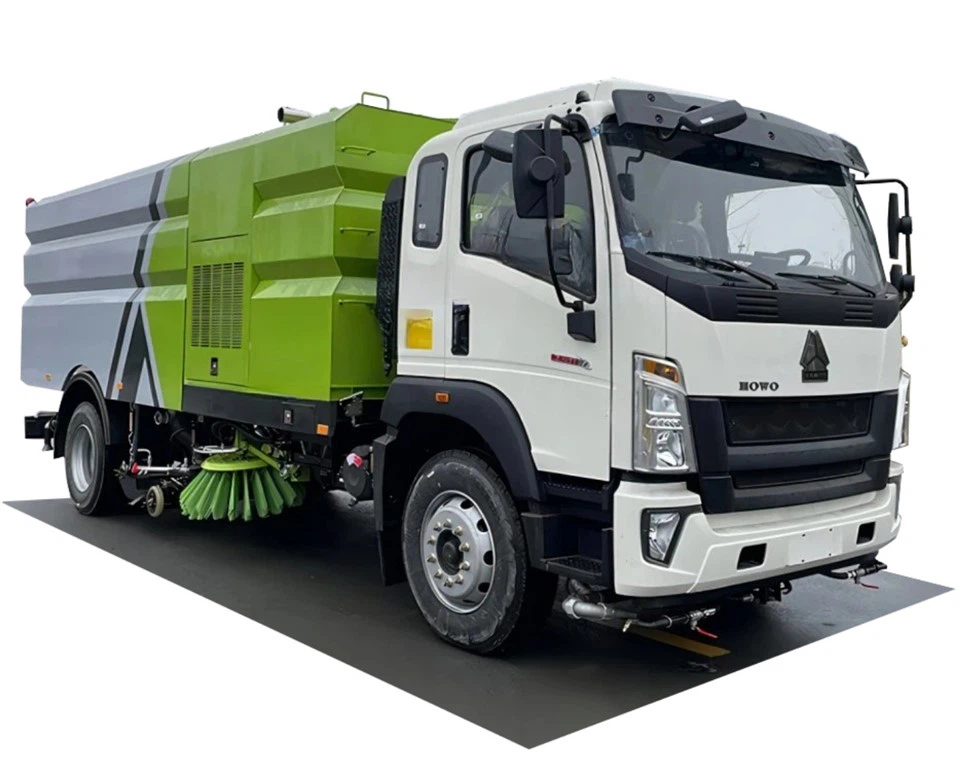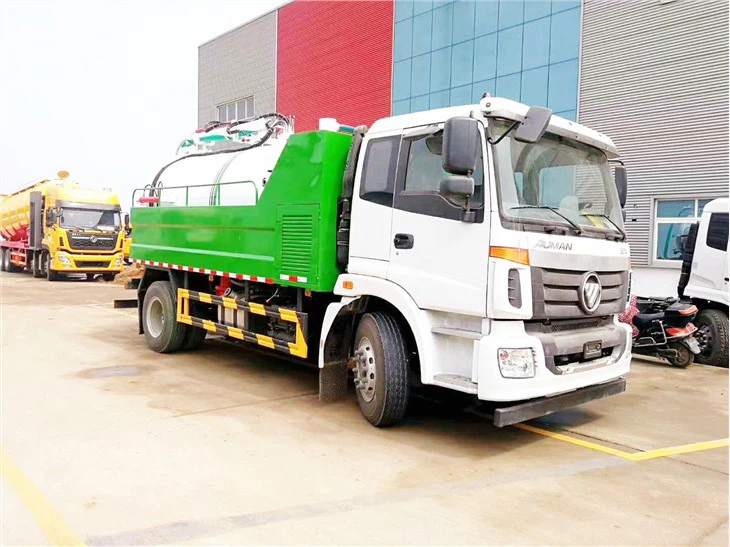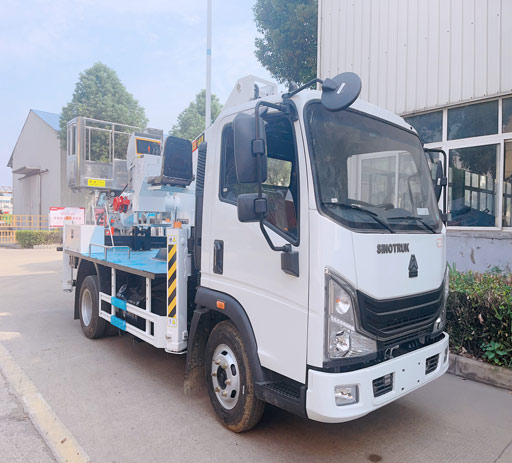Everything You Need to Know About Sulfuric Acid Containers

Sulfuric acid, a highly corrosive and strong mineral acid, is widely used in various industrial processes, battery manufacturing, and chemical synthesis. Due to its hazardous nature, proper handling and transportation are crucial to ensure safety and compliance with regulations. One of the most important aspects of working with sulfuric acid is using the right container. This article will cover everything you need to know about sulfuric acid containers, including types, materials, safety measures, and tips for effective handling.
Understanding Sulfuric Acid
What is Sulfuric Acid?
Sulfuric acid (H₂SO₄) is a viscous, colorless liquid known for its strong acidic properties. It is one of the most important chemicals in industrial applications. Its uses include:
- Batteries, particularly lead-acid batteries
- Treating metals by removing impurities
- Manufacturing fertilizers, explosives, and plastics
Properties of Sulfuric Acid
| Property | Details |
|---|---|
| Molecular weight | 98.079 g/mol |
| Density | 1.84 g/cm³ |
| Boiling point | 337 °C (639 °F) |
| Freezing point | 10 °C (50 °F) |
Types of Sulfuric Acid Containers
1. Plastic Containers
Plastic containers, typically made of high-density polyethylene (HDPE) or other resistant materials, are often used for transporting sulfuric acid. They are lightweight and resistant to corrosion.
2. Glass Containers
Glass is a very resistant material; however, it can be fragile. Glass containers are suitable for laboratory settings, particularly for small quantities of sulfuric acid.
3. Steel Containers
Steel containers are robust and ideal for bulk storage. They usually have a protective coating to resist corrosion caused by sulfuric acid.
4. Intermediate Bulk Containers (IBCs)
IBCs are large containers used for storing and transporting bulk liquids. They are generally made of a steel frame and an inner plastic container. IBCs offer great protection and ease of handling.

5. Drums and Barrels
Metal drums, often lined with protective coatings, are commonly used for transporting larger volumes of sulfuric acid. Suitable for storage and shipping, these containers are durable and stackable.
Choosing the Right Container for Sulfuric Acid
Factors to Consider
When selecting a container for sulfuric acid, consider the following factors:
- Volume of acid to be stored or transported
- Environmental conditions (temperature, humidity)
- Regulatory compliance standards
- Permissible material compatibility
Material Compatibility
Not all materials are suitable for holding sulfuric acid. The following materials generally offer good compatibility:
- HDPE for small to medium quantities
- Glass for lab-grade applications
- Coated steel for bulk storage
Safety Measures When Handling Sulfuric Acid Containers
Personal Protective Equipment (PPE)
Never handle sulfuric acid without appropriate protective gear. Essential PPE includes:
- Acid-resistant gloves
- Safety goggles
- Face shield
- Acid-resistant aprons or coveralls
Ventilation and Spill Containment
Ensure that areas where sulfuric acid is used are well-ventilated. Additionally, use spill containment measures, such as:
- Secondary containment trays
- Spill kits equipped for acid spills
Labeling and Storage of Sulfuric Acid Containers
Importance of Proper Labeling
Proper labeling is crucial when storing sulfuric acid containers. Labels should include:
- Concentration of acid
- Hazard warnings
- Handling instructions
Optimal Storage Conditions
Storage areas for sulfuric acid containers should be:
- Cool and dry, away from sunlight
- Secured from unauthorized access
- Equipped with drench showers and eyewash stations
Transporting Sulfuric Acid Containers
Regulations and Compliance
Transporting sulfuric acid involves strict regulatory compliance. It is essential to be familiar with local and international regulations, including:
- Department of Transportation (DOT) guidelines
- Occupational Safety and Health Administration (OSHA) requirements
- Environmental Protection Agency (EPA) standards
Safe Transport Practices
When transporting sulfuric acid, implement following safe practices:
- Use appropriate vehicles designed for hazardous materials
- Secure all containers to prevent movement
- Train personnel on emergency response measures
Disposal of Sulfuric Acid Containers
Proper Disposal Procedures
Never dispose of sulfuric acid containers in regular trash. Follow these procedures:
- Contact hazardous waste disposal services
- Adhere to local waste disposal regulations
Recycling Options
Some plastic containers can be recycled. Verify compatibility with local recycling programs and proper cleaning procedures before recycling.
Practical Tips for Working with Sulfuric Acid Containers
Regular Inspections
Conduct regular inspections of all sulfuric acid containers for signs of wear, leaks, or corrosion. Keep detailed records of these inspections.
Training and Emergency Drills

Provide comprehensive training for all employees who handle sulfuric acid. Regularly conduct emergency drills to ensure preparedness in case of spills or accidents.
Frequently Asked Questions (FAQs)
1. What should I do if I spill sulfuric acid?
Immediately use proper spill containment measures available on-site. Evacuate the area and follow emergency protocol to clean up the spill.
2. Can I mix sulfuric acid with other substances?
Never mix sulfuric acid with water or other chemicals unless specified. This can lead to dangerous reactions and cause splattering.
3. How should I store sulfuric acid?
Store sulfuric acid in a cool, dry place away from sunlight and incompatible materials. Use secondary containment systems.
4. What is the shelf life of sulfuric acid?
Sulfuric acid does not have a strict shelf life, but it should be inspected regularly for signs of contamination or degradation.
5. Is it safe to transport sulfuric acid in regular vehicles?

No, sulfuric acid must be transported in vehicles specifically designed for hazardous materials to comply with safety regulations.
6. How can I identify a sulfuric acid container?
Sulfuric acid containers should be clearly labeled with hazard symbols and handling instructions, along with their chemical name and concentration.
